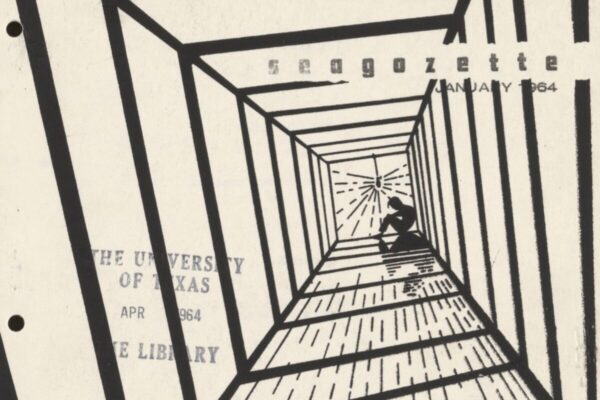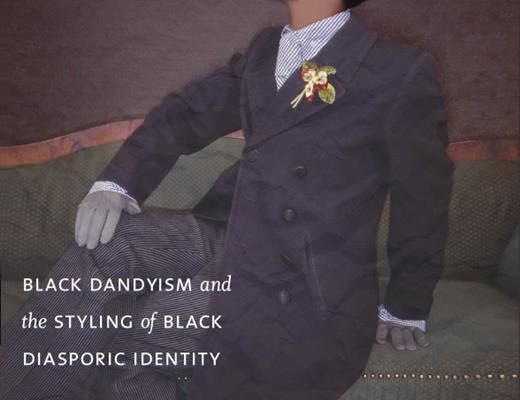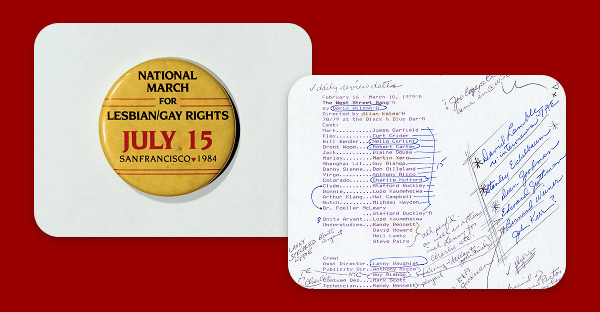Become a contributor
Reveal Digital collections are built and sustained by the library community. Whether you contribute funding or content, your participation ensures that vital, underrepresented histories remain preserved and freely accessible on JSTOR.

Support an open access collection
Support the creation of new open access collections that document historically excluded voices and movements. Library contributions directly fund digitization, rights clearance, and long-term preservation through Portico.
Currently seeking funding and content contributions:
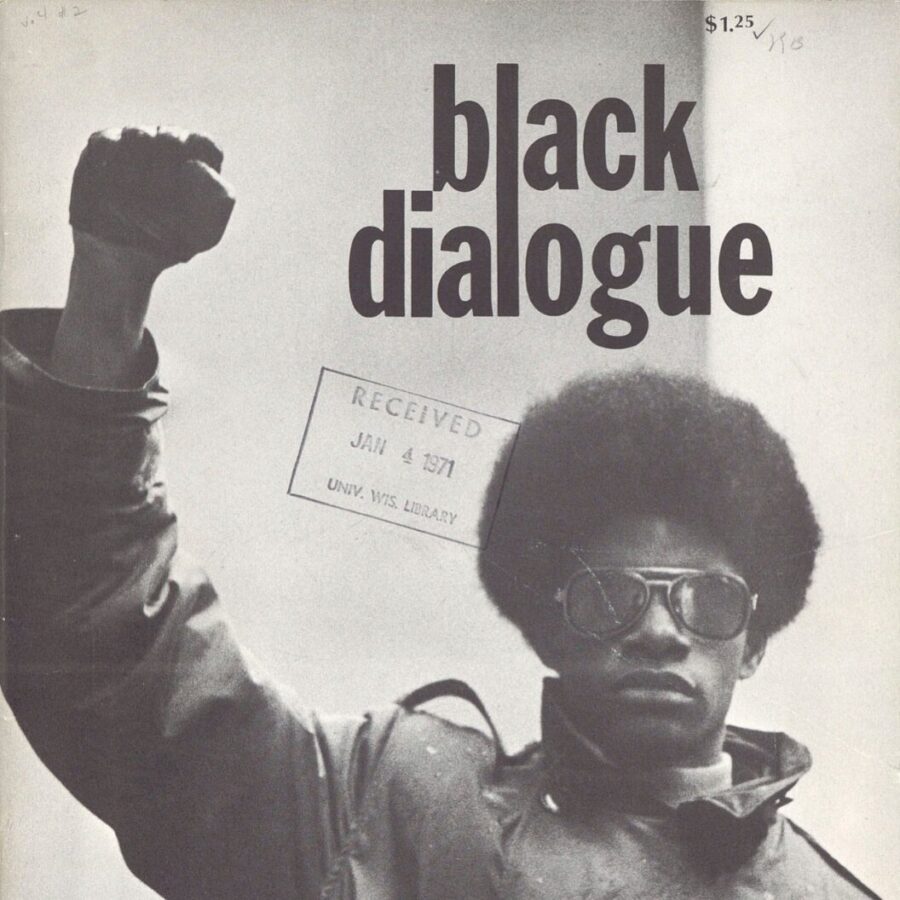
Share your collections
Libraries, archives, and cultural organizations of every size—public or private—are invited to nominate and contribute materials to Reveal Digital’s open collections.
Your content expands what scholars and students can discover and study.
See the impact of community collaboration
Reveal Digital’s impact comes to life through the work of our contributors and the stories uncovered in our collections. Explore how libraries and archives are bringing these materials into classrooms, scholarly research, and public understanding.
Meet the community behind the collections
Discover the people and partnerships behind Reveal Digital. Meet the librarians, archivists, and funders who make open collections possible—and see how their contributions bring hidden histories into classrooms and research.
View image credits from this page
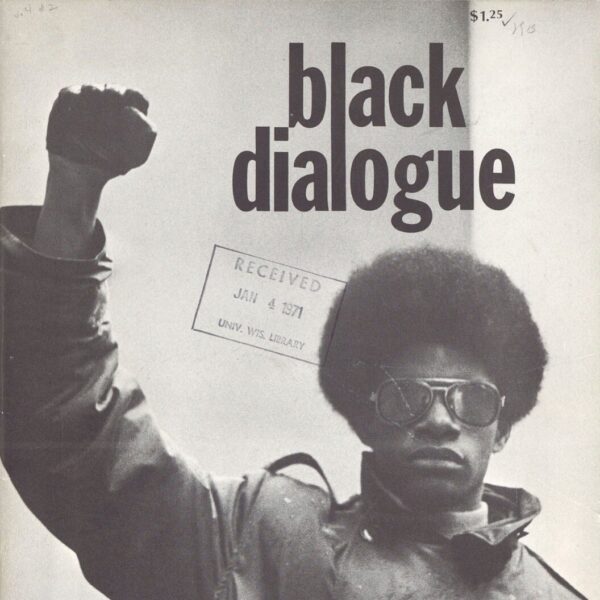
William A. Maynard, Joe Goncalves, James Forman, jackie earley, issac j. black, sonia sanchez, Jeff Donaldson, et al. “Black Dialogue.” Black Dialogue 4, no. 2 (July 1, 1970). Black American, Part of Independent Voices, Reveal Digital. https://jstor.org/stable/community.28034114.
